Day 74 - Oita To Beppu, And The Stone Cliff Buddhas In Oita, The Kyushu 108 Temple Pilgrimage, Japan
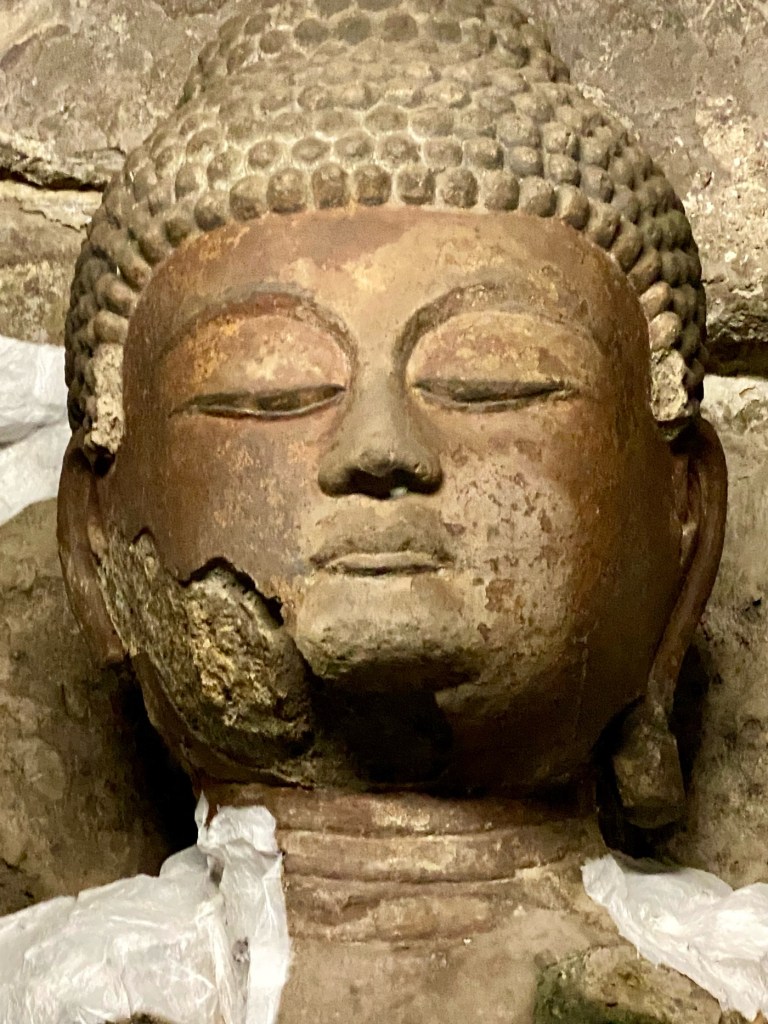
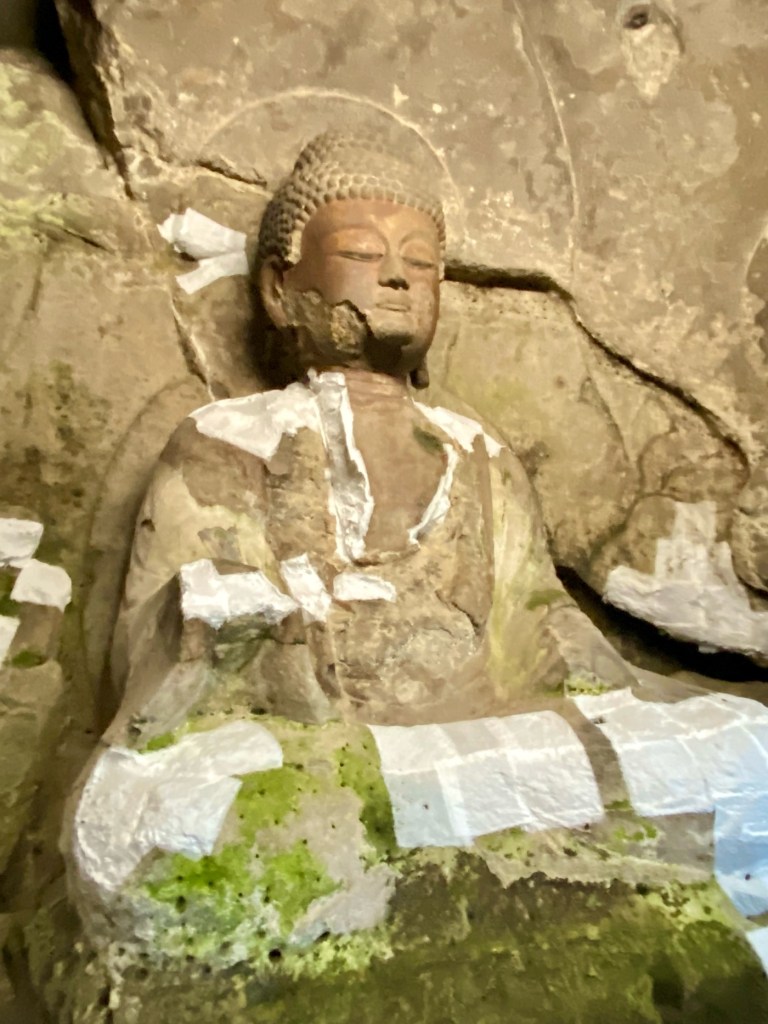
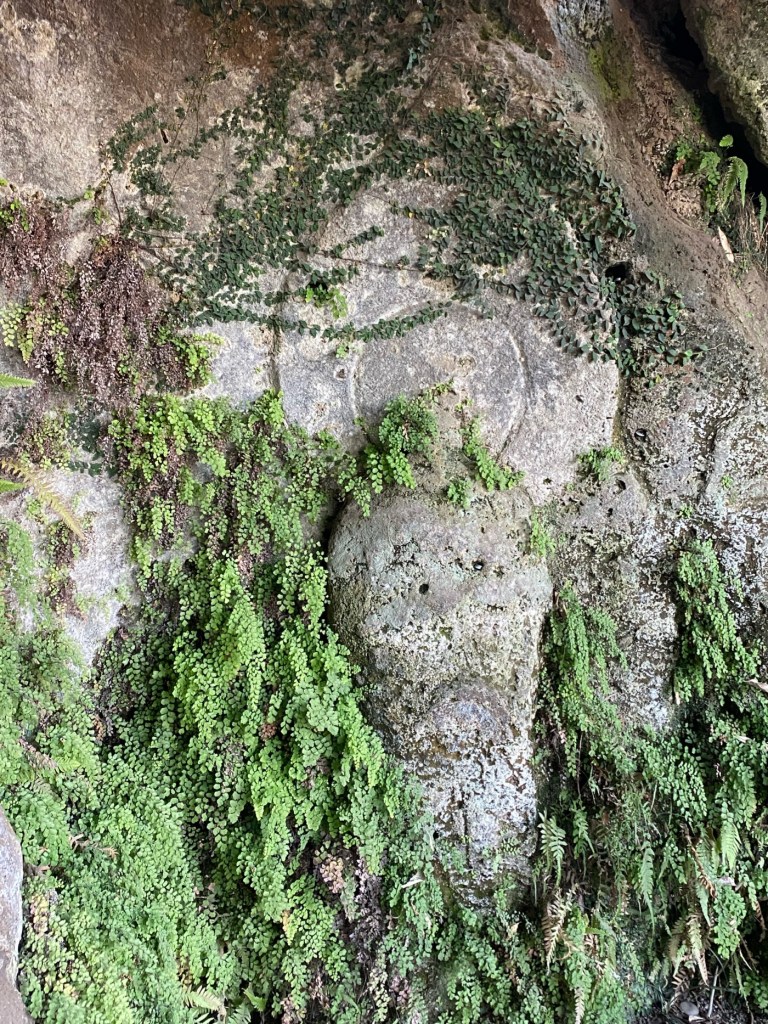
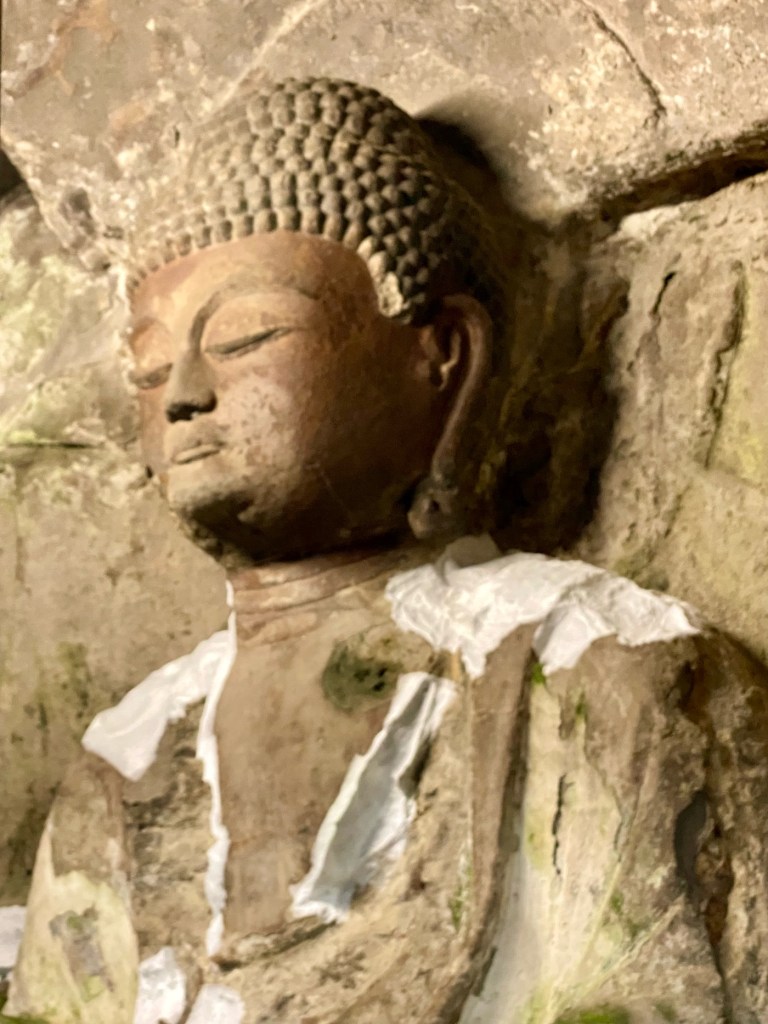
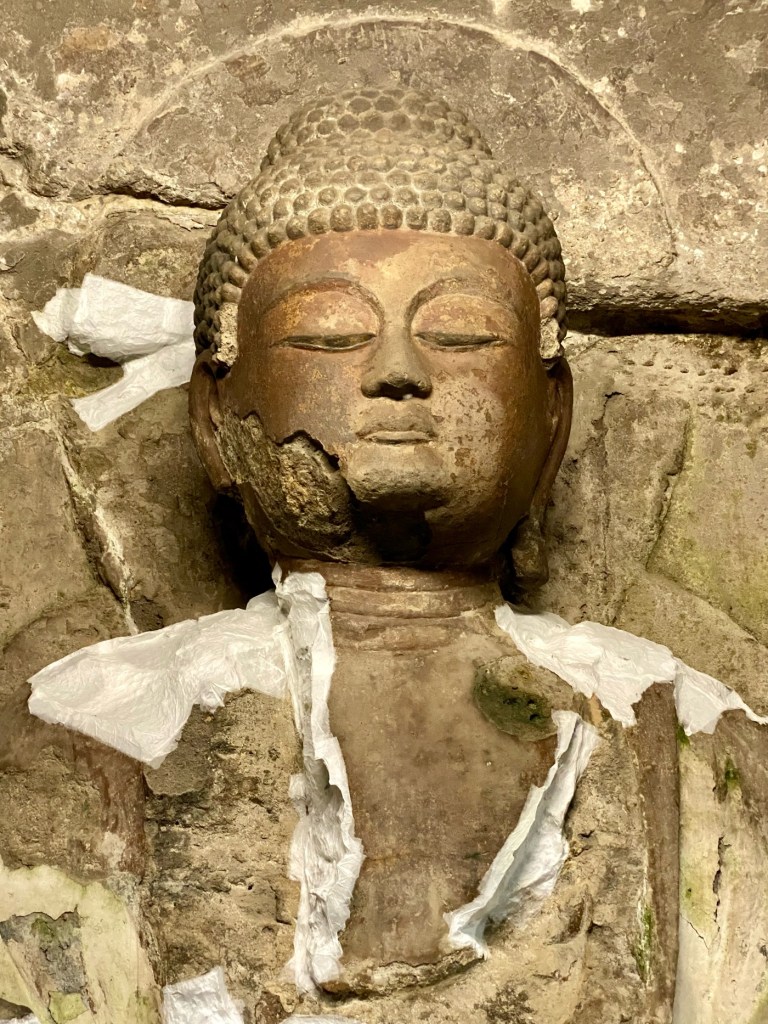
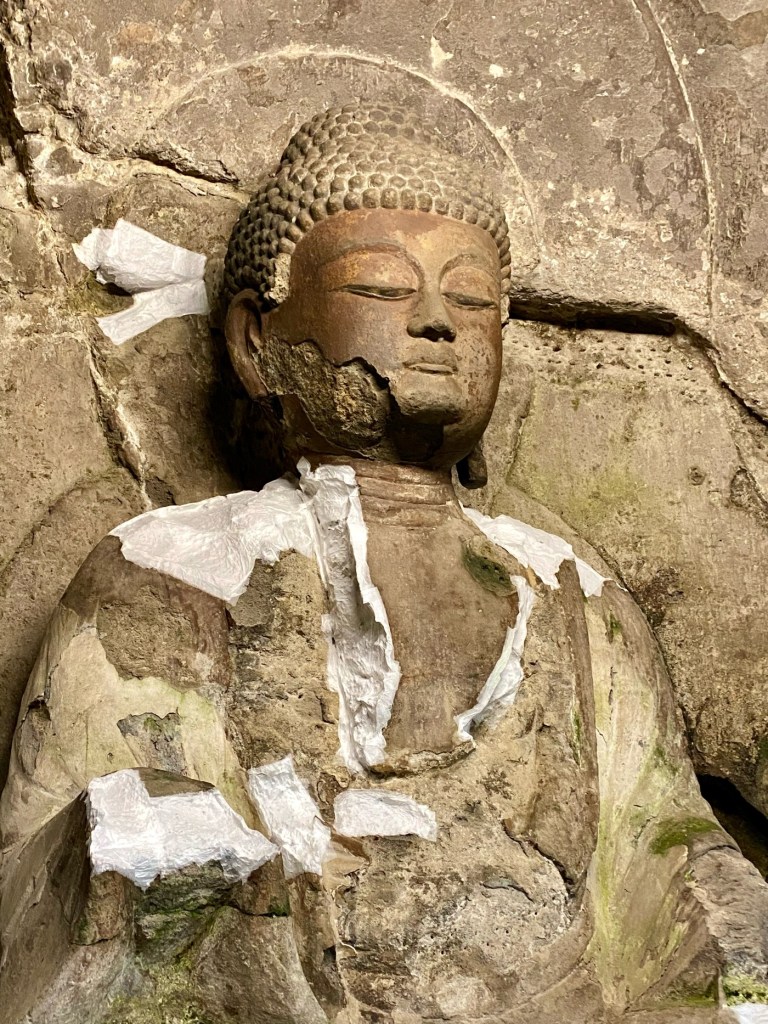
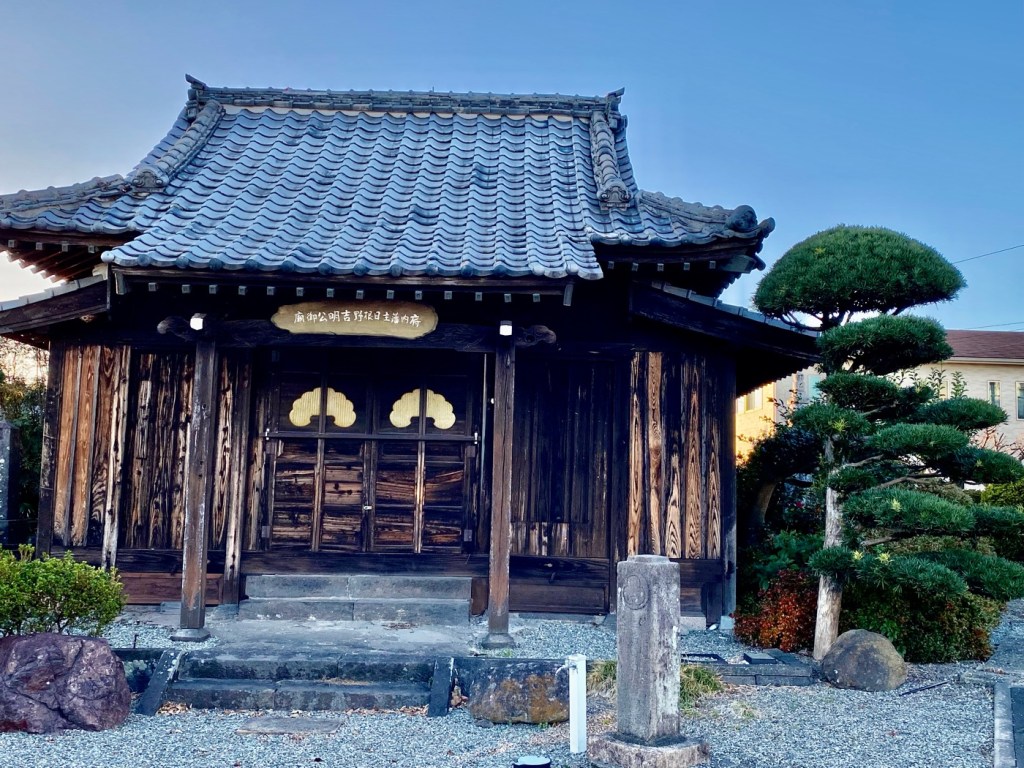
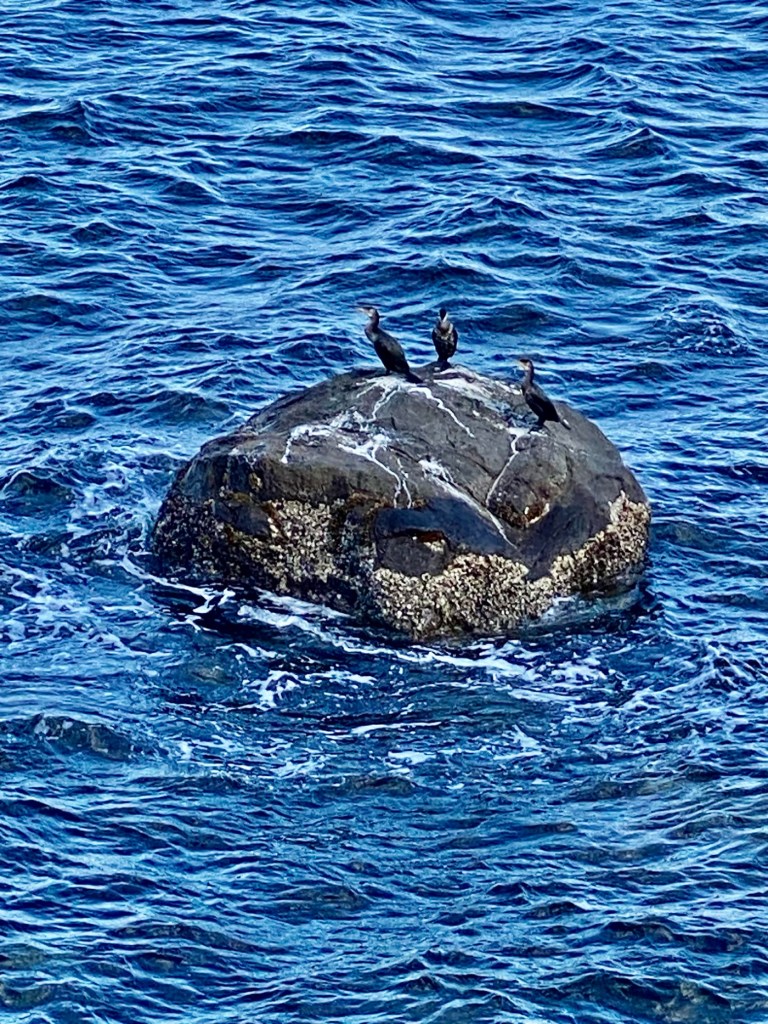
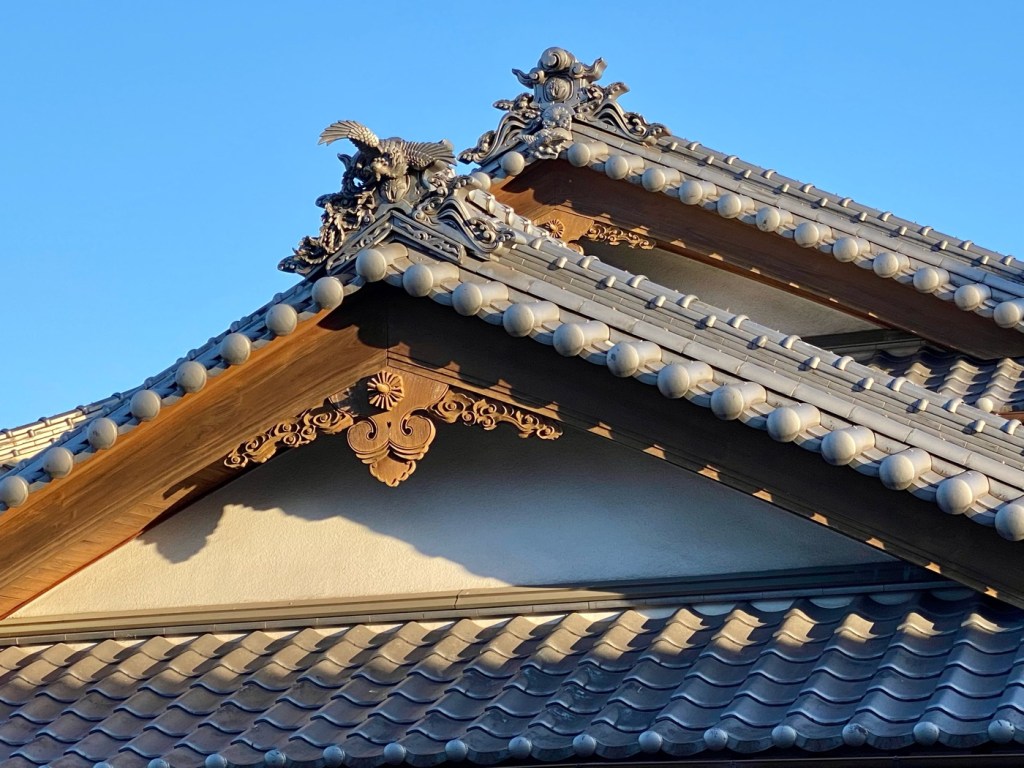
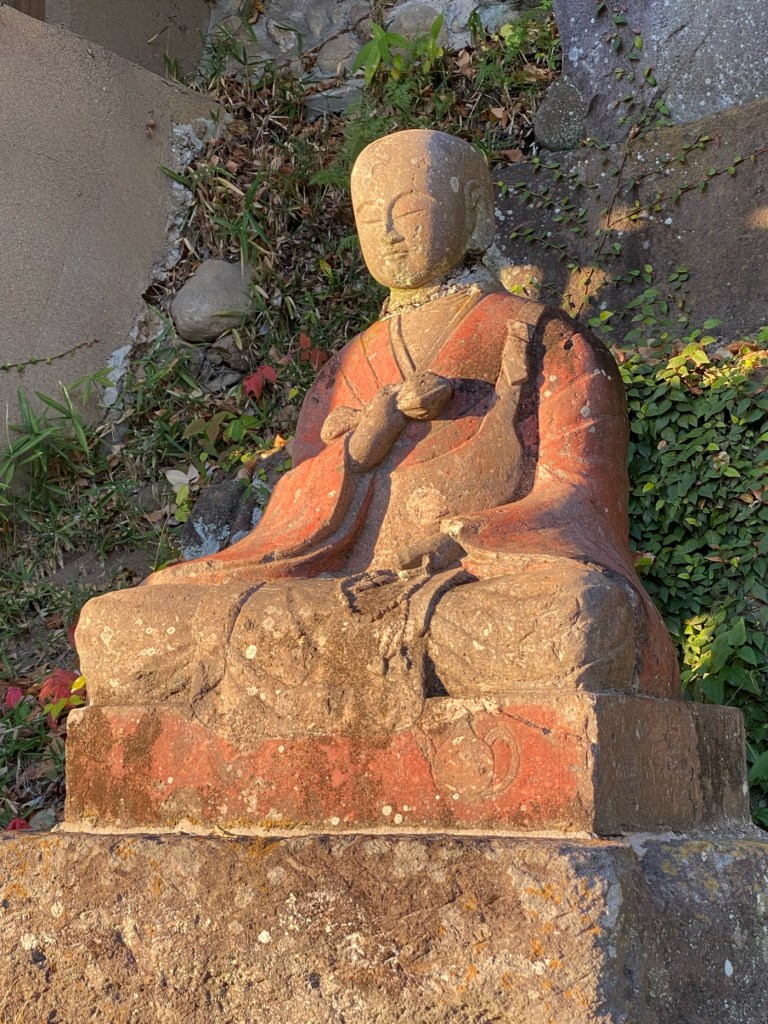
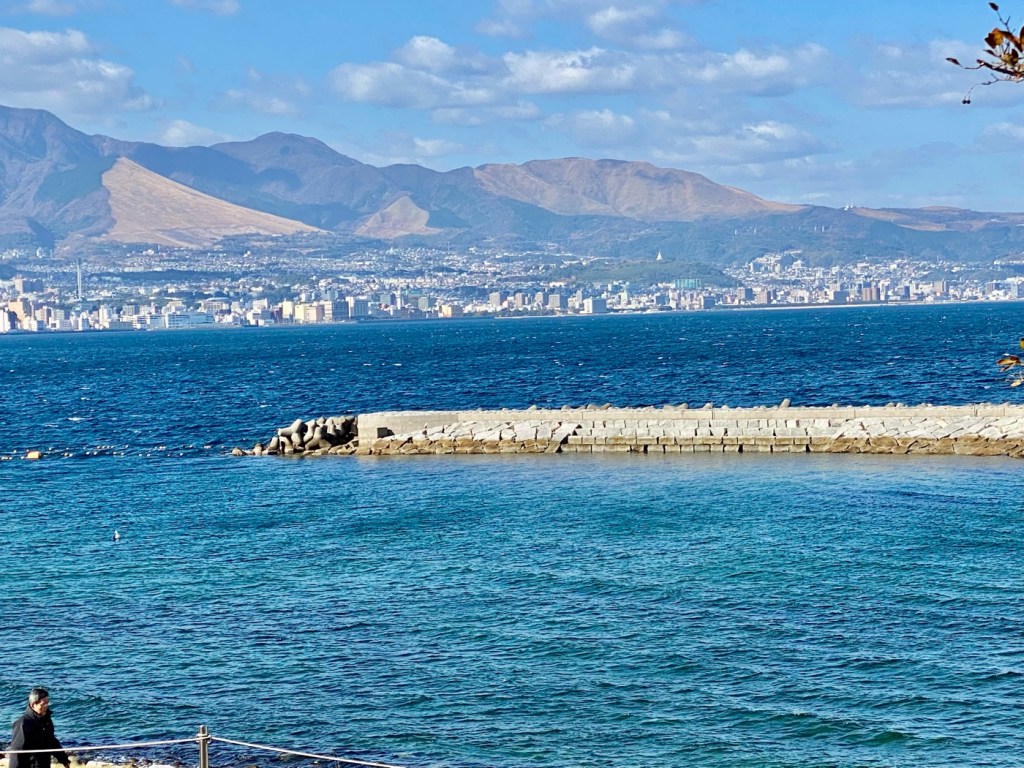
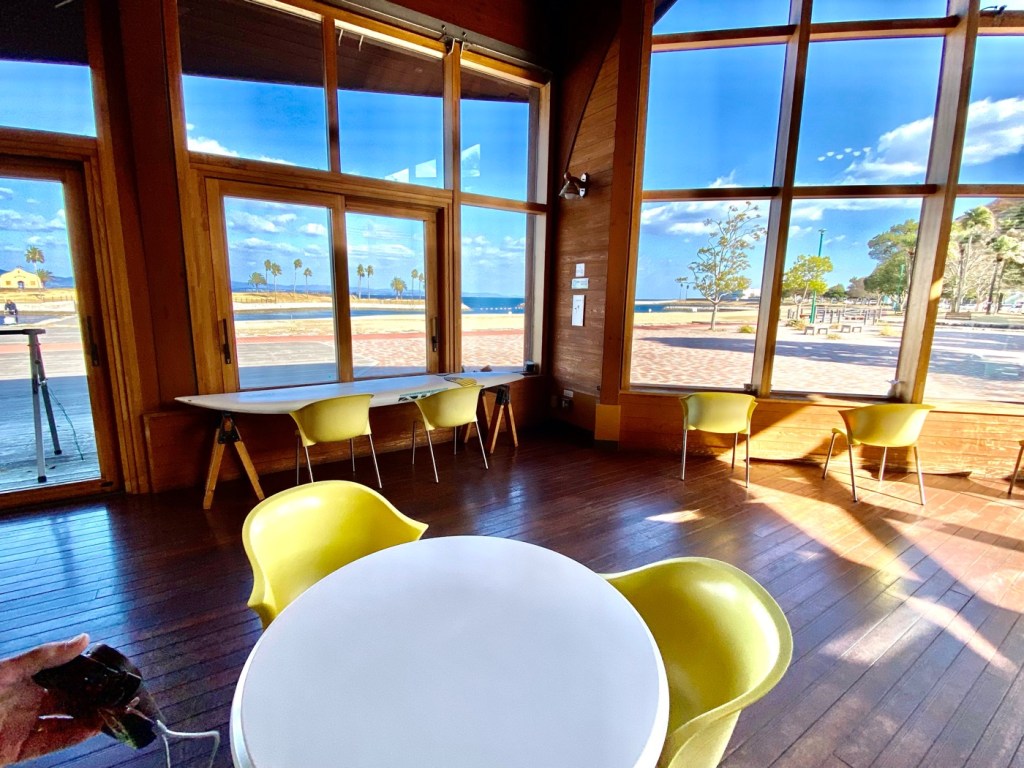
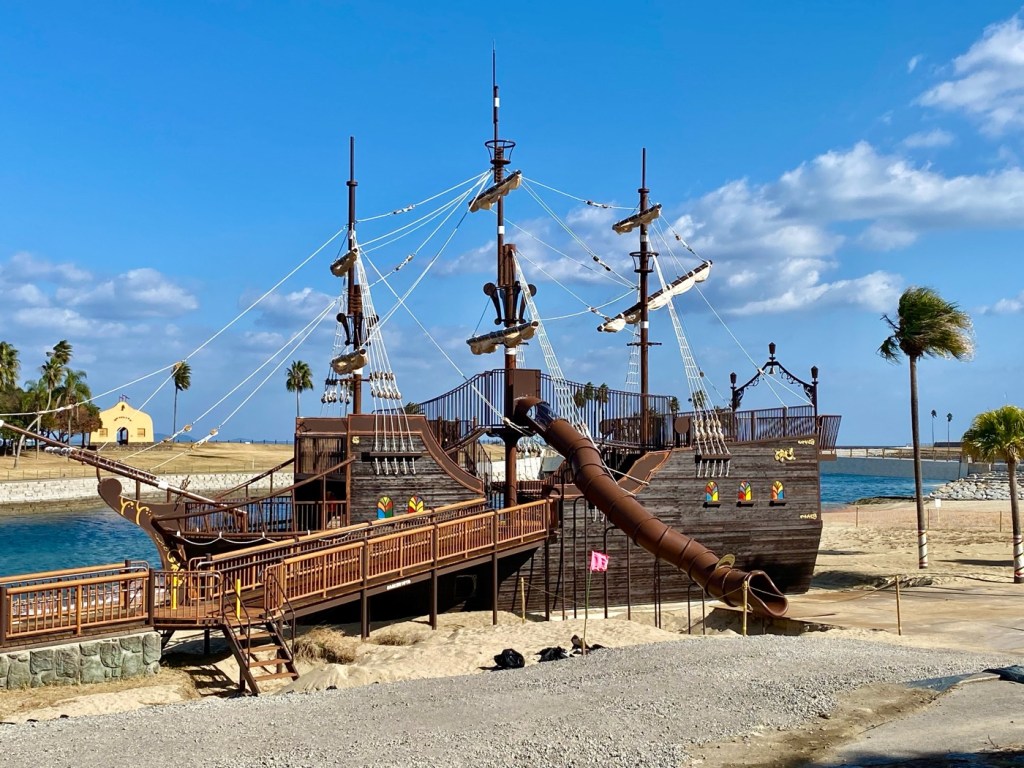
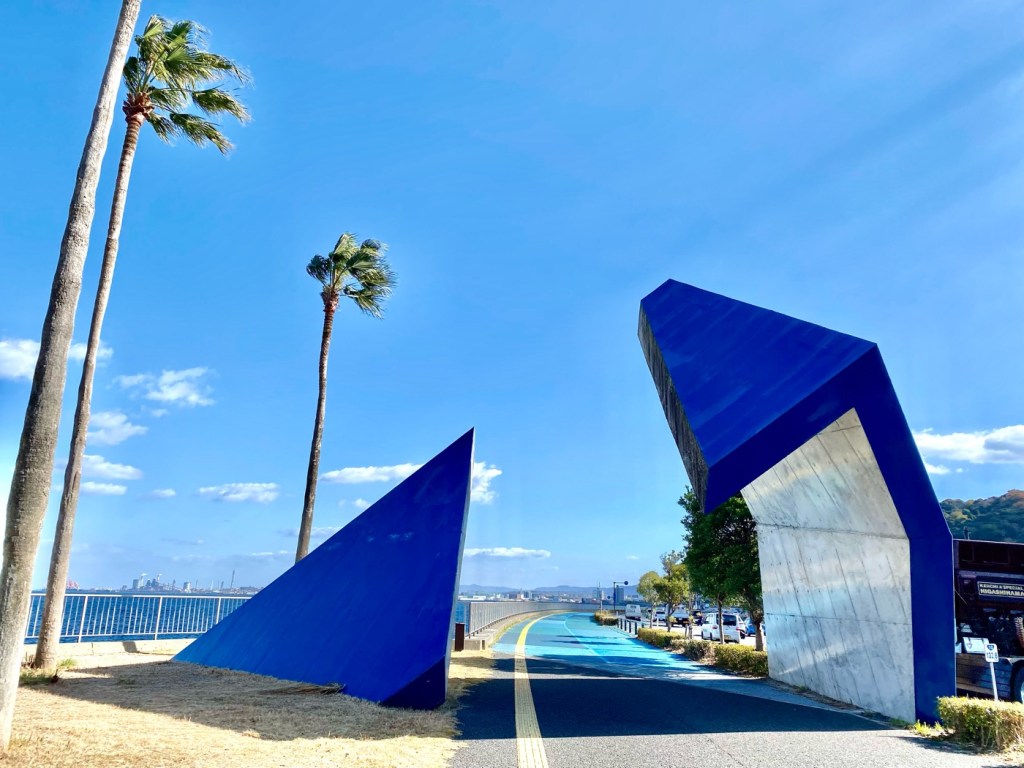
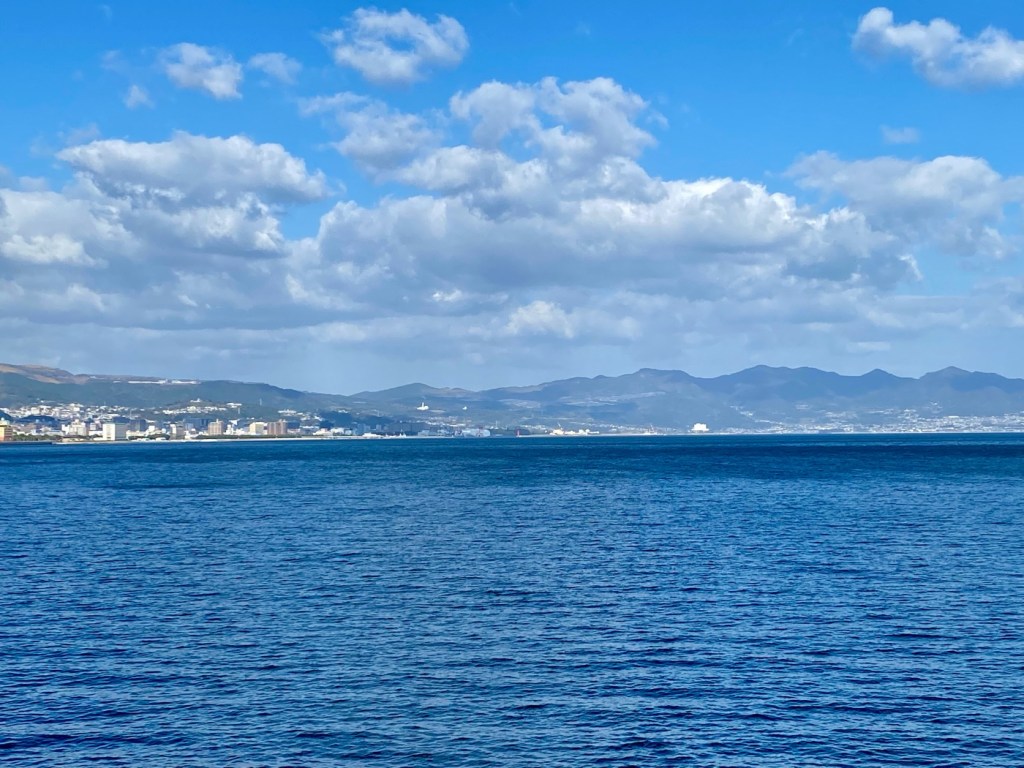
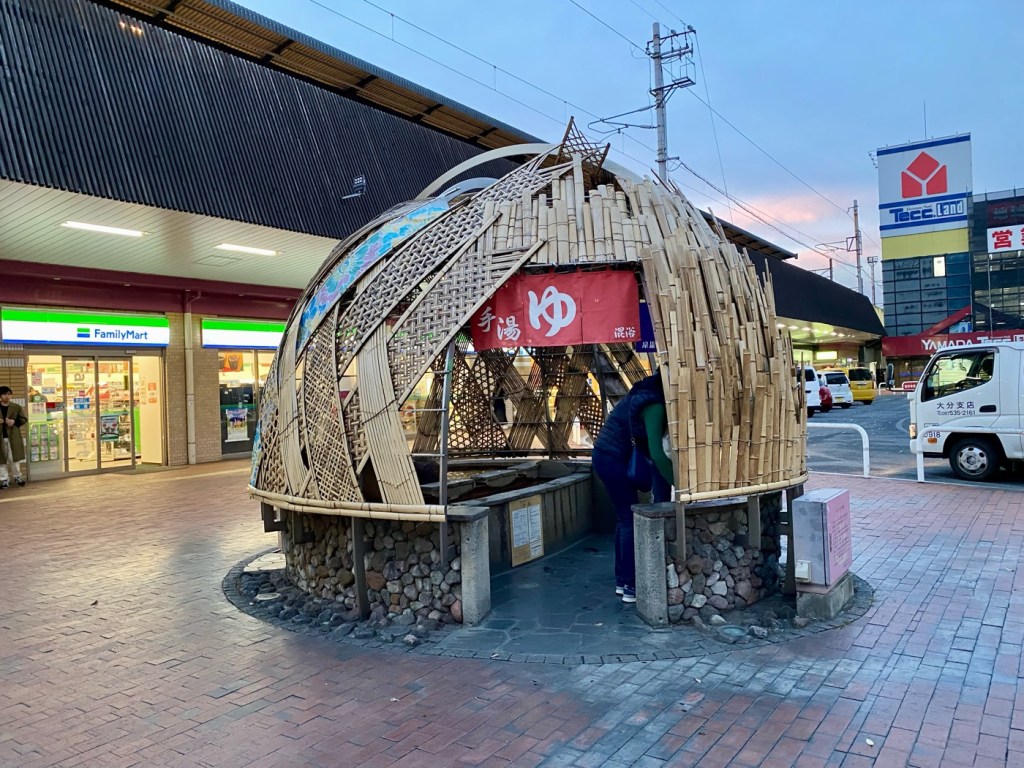
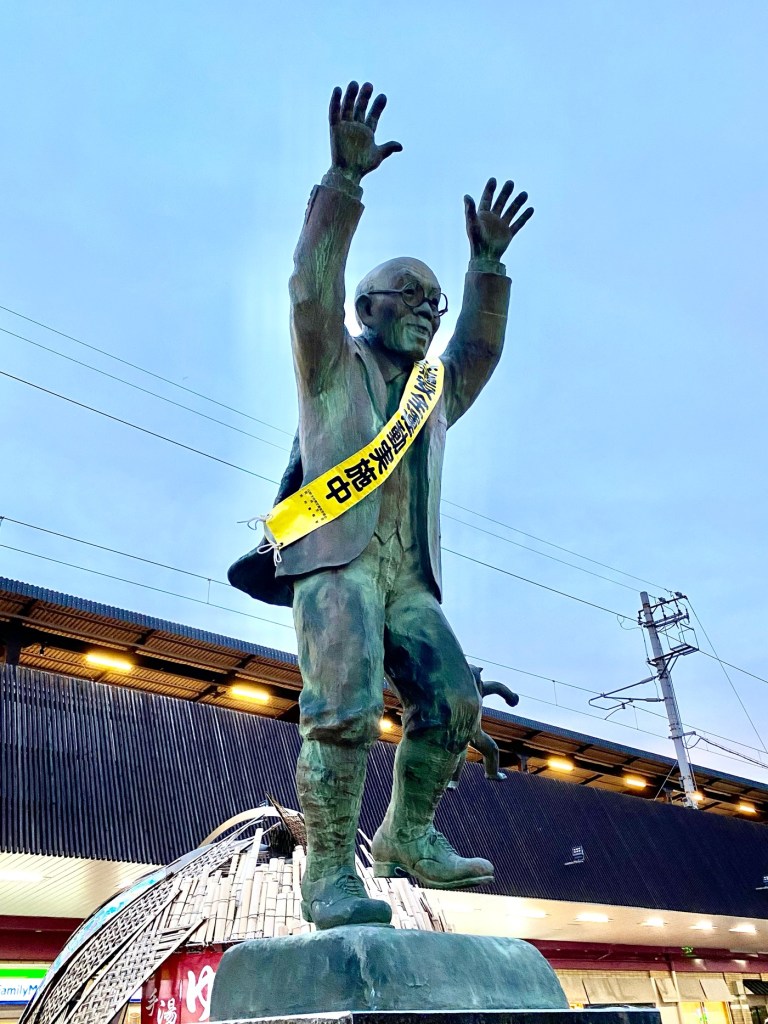
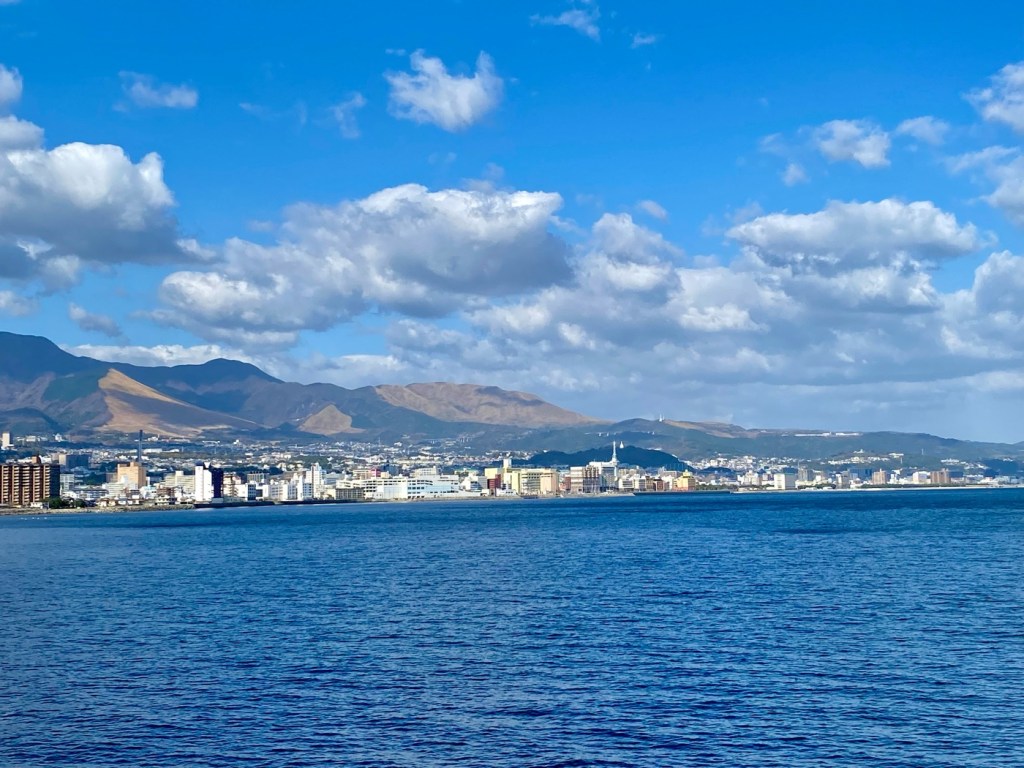
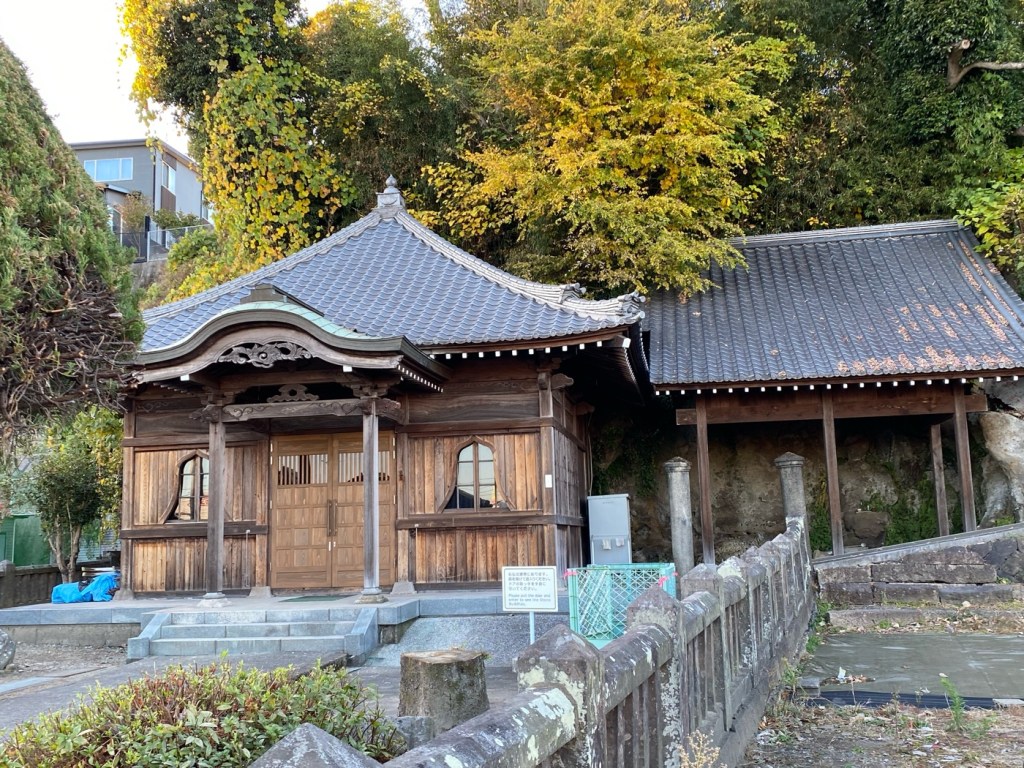
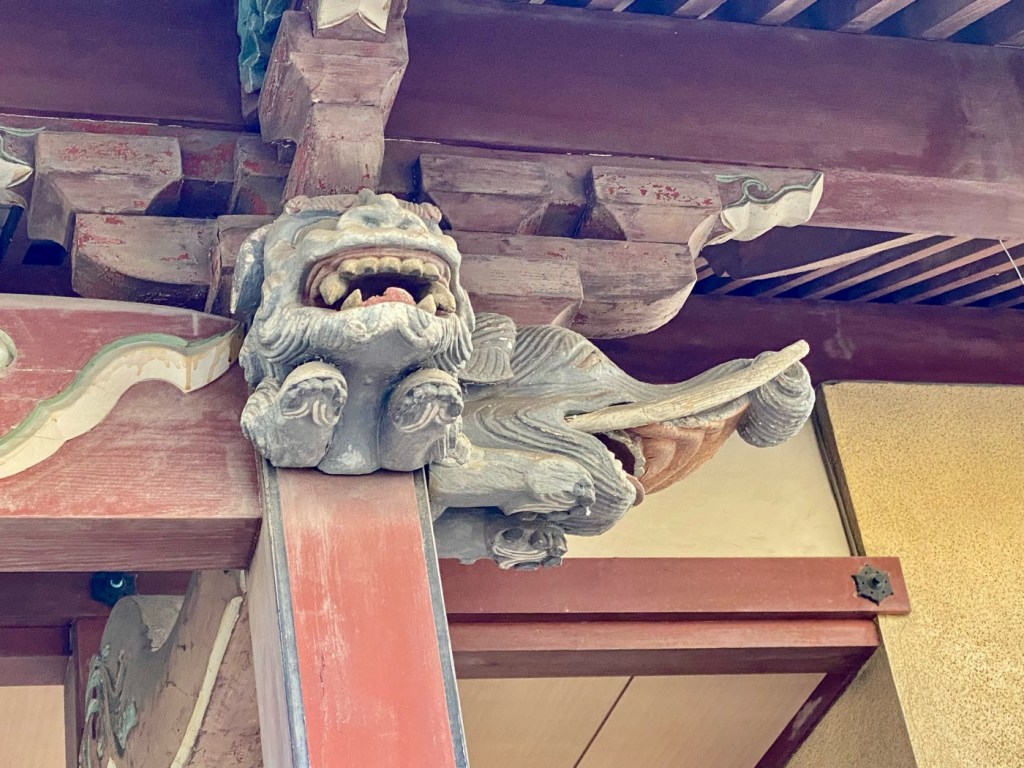
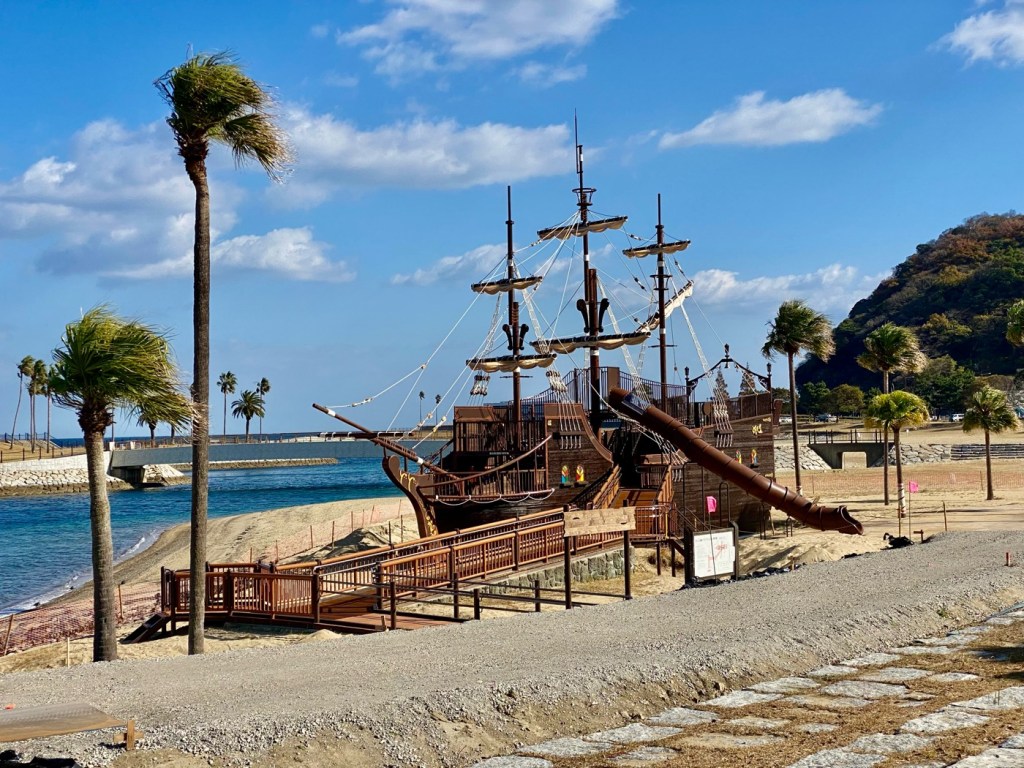
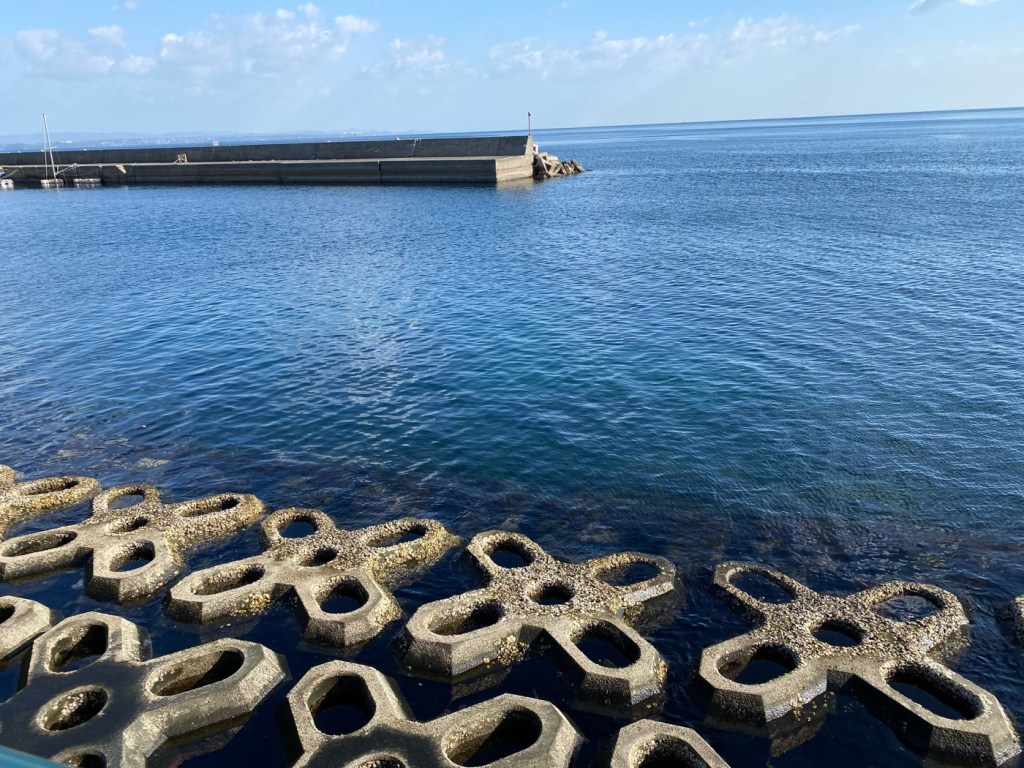
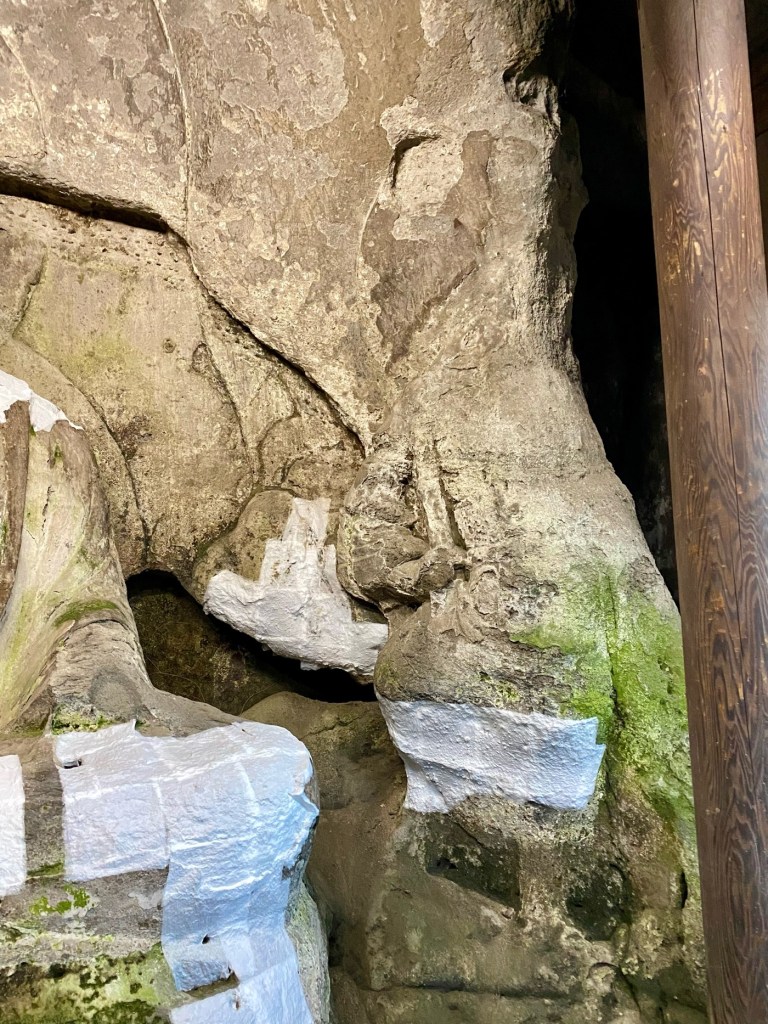
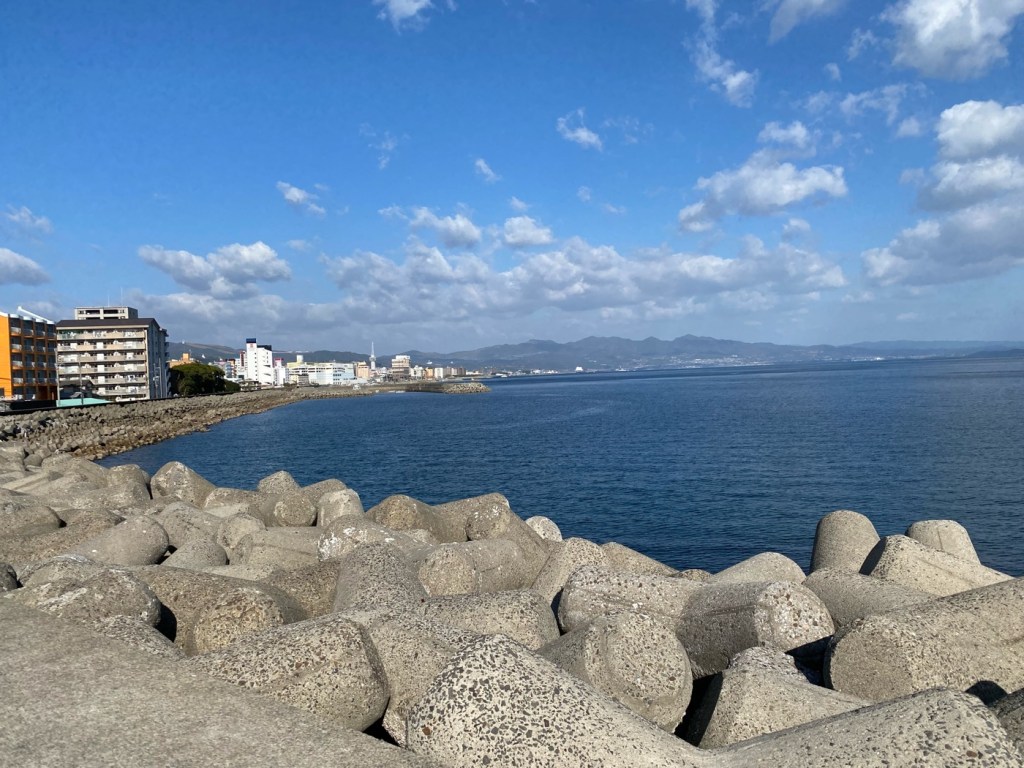
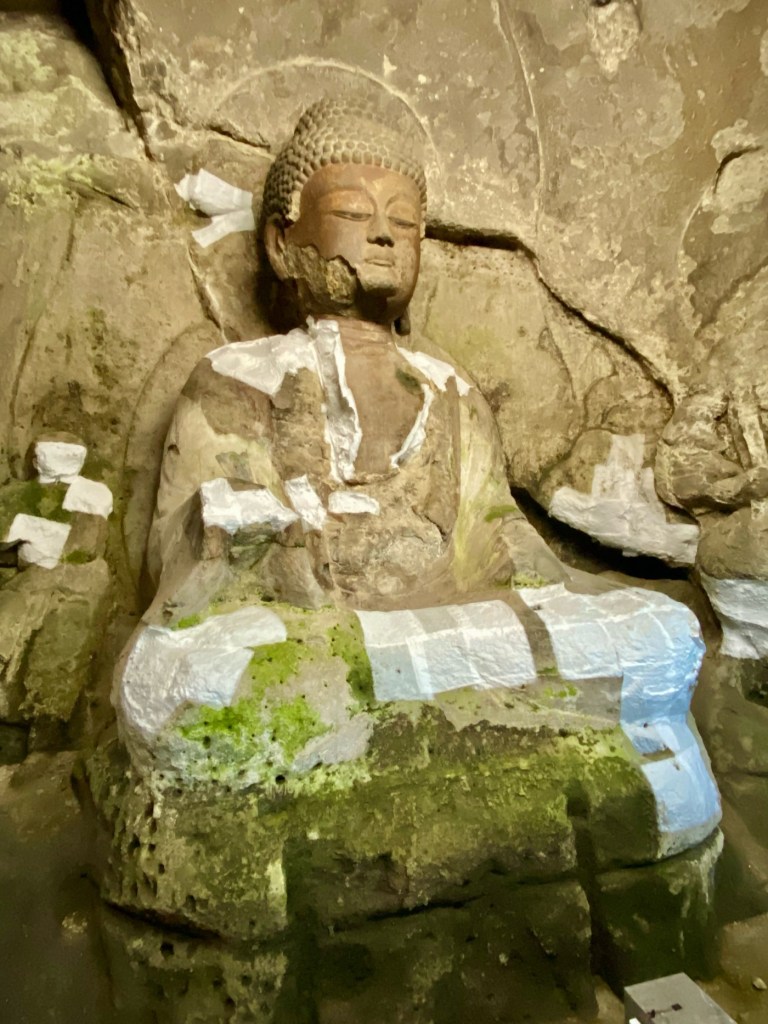
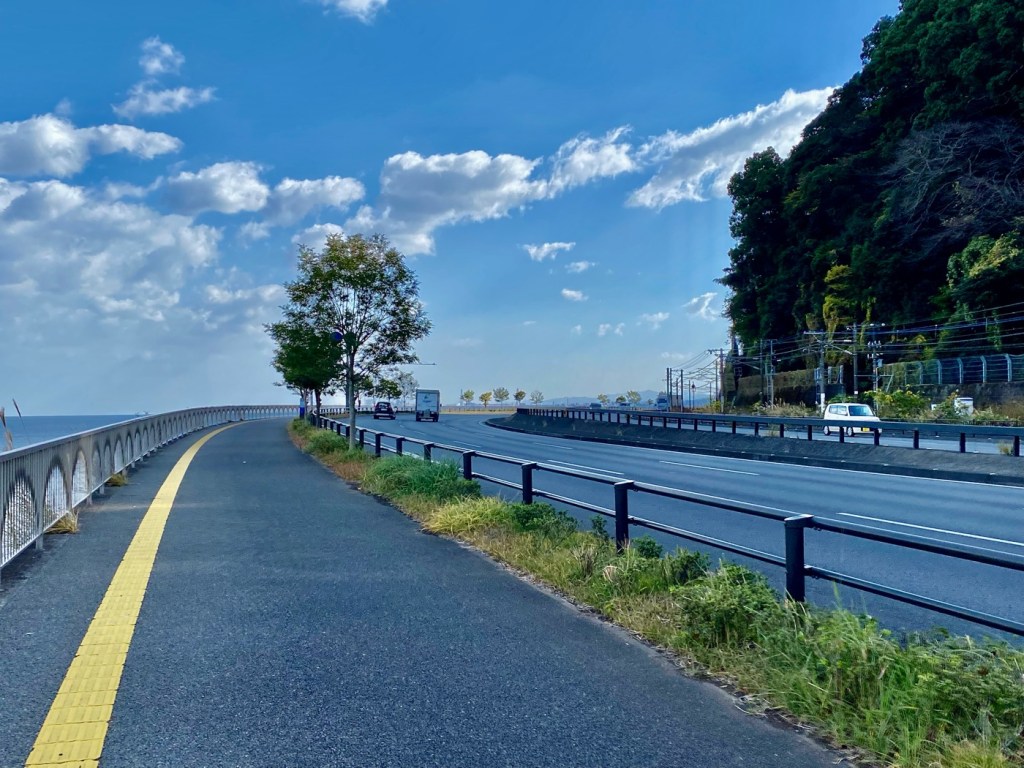

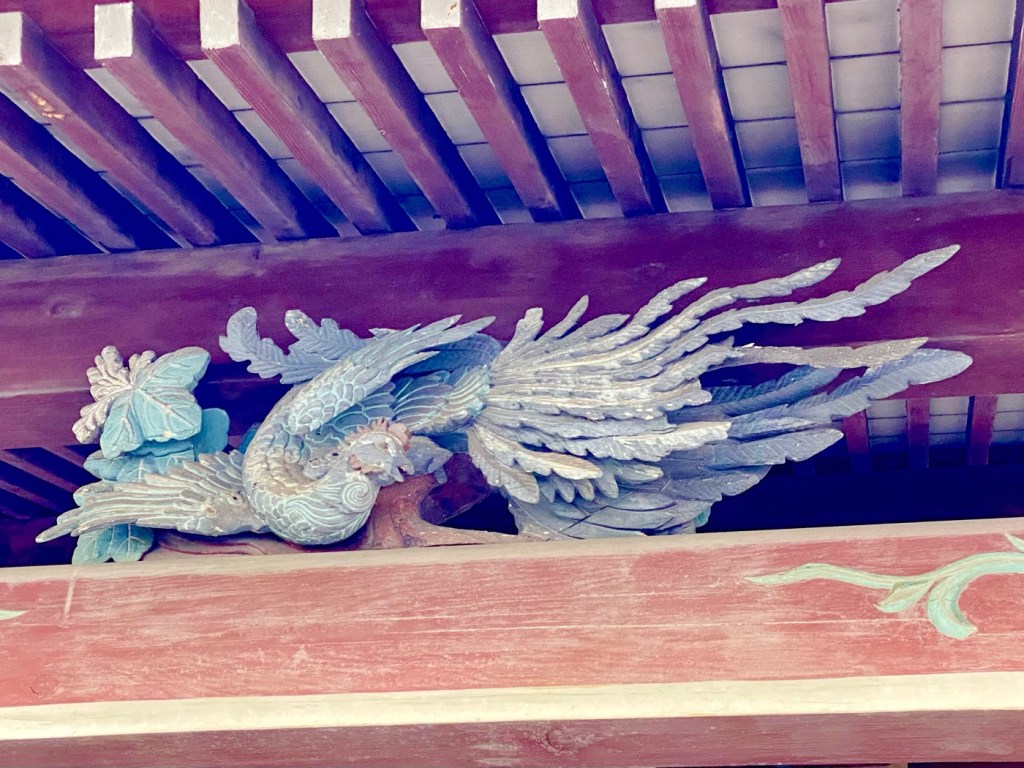
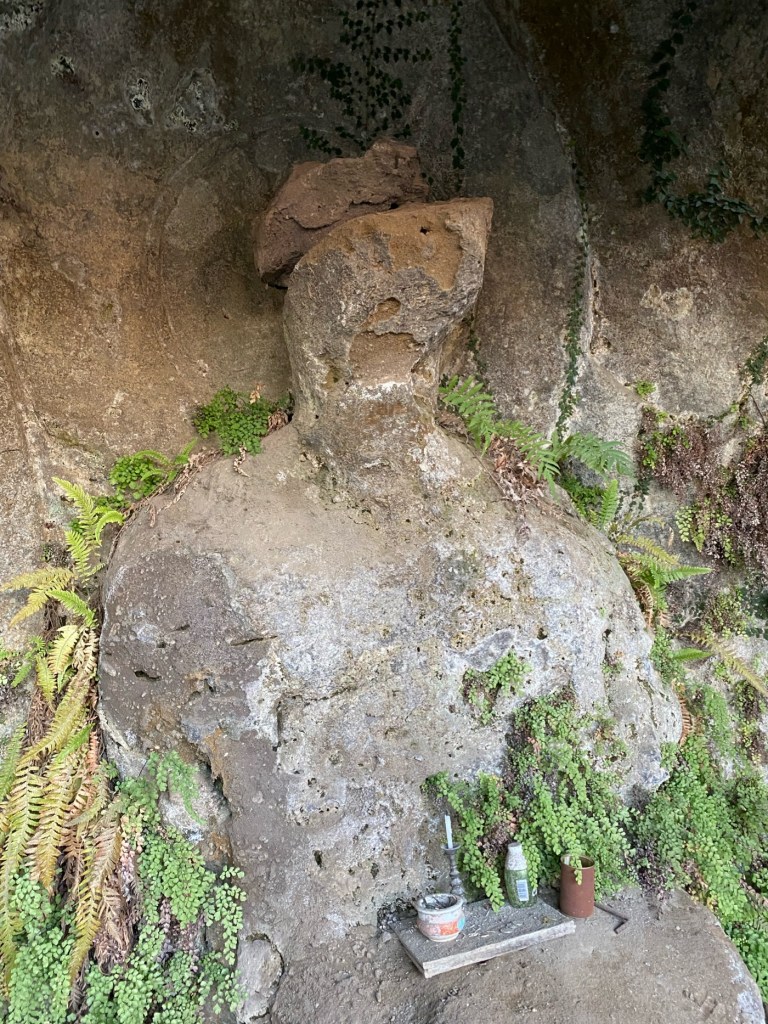

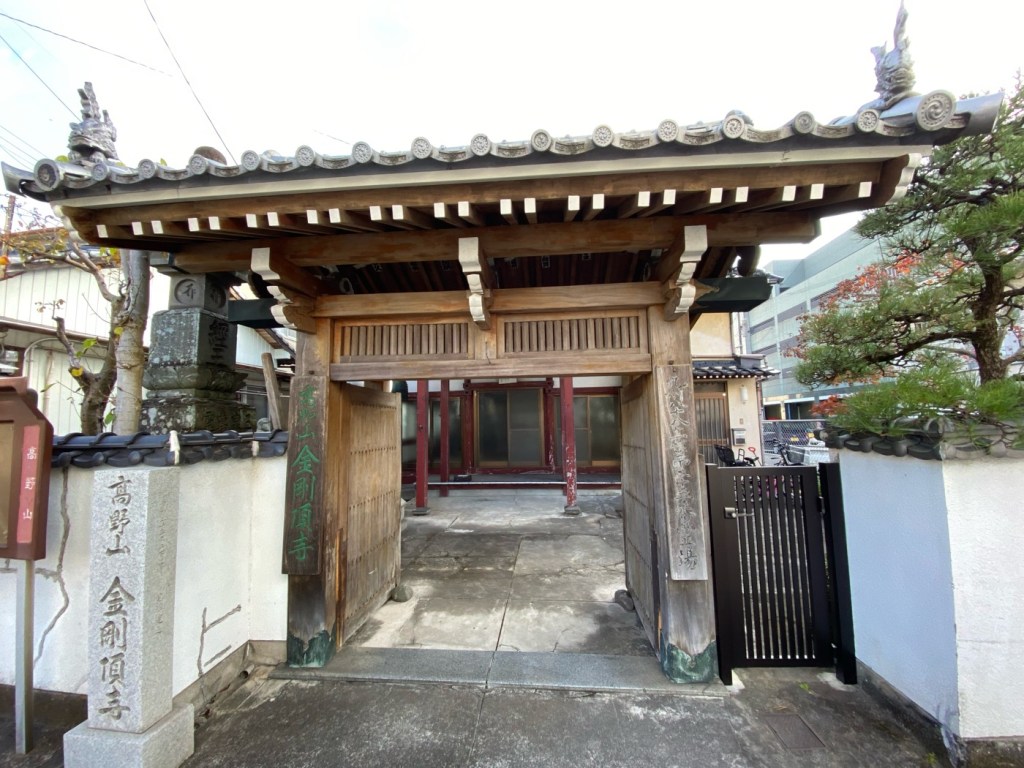
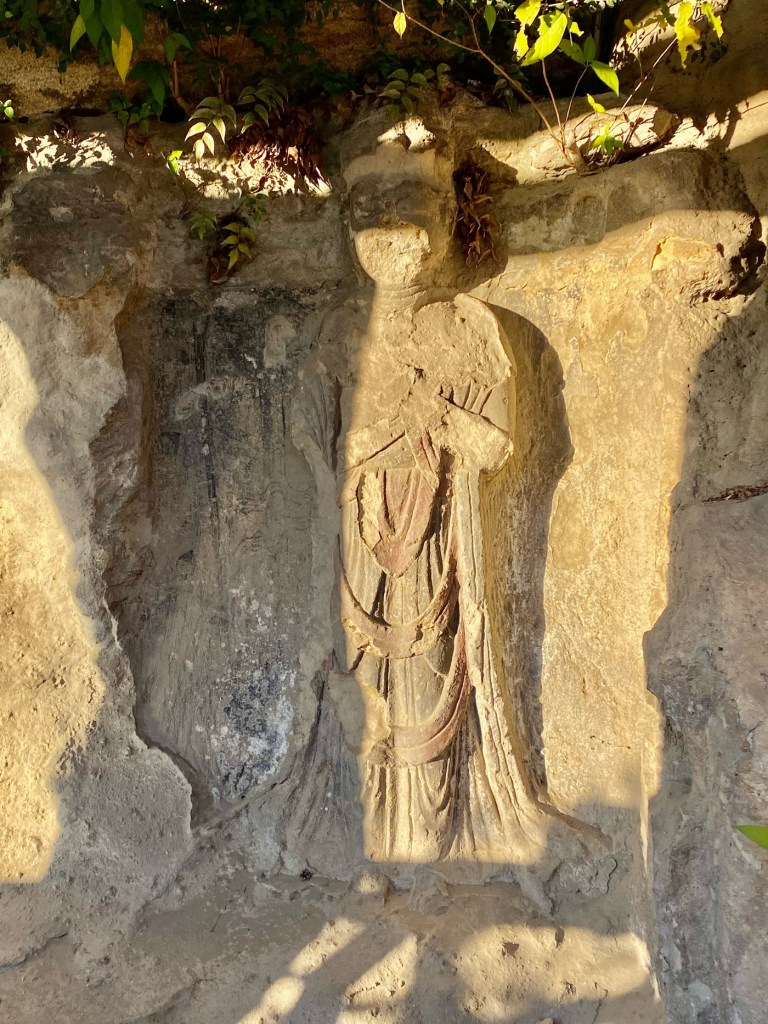
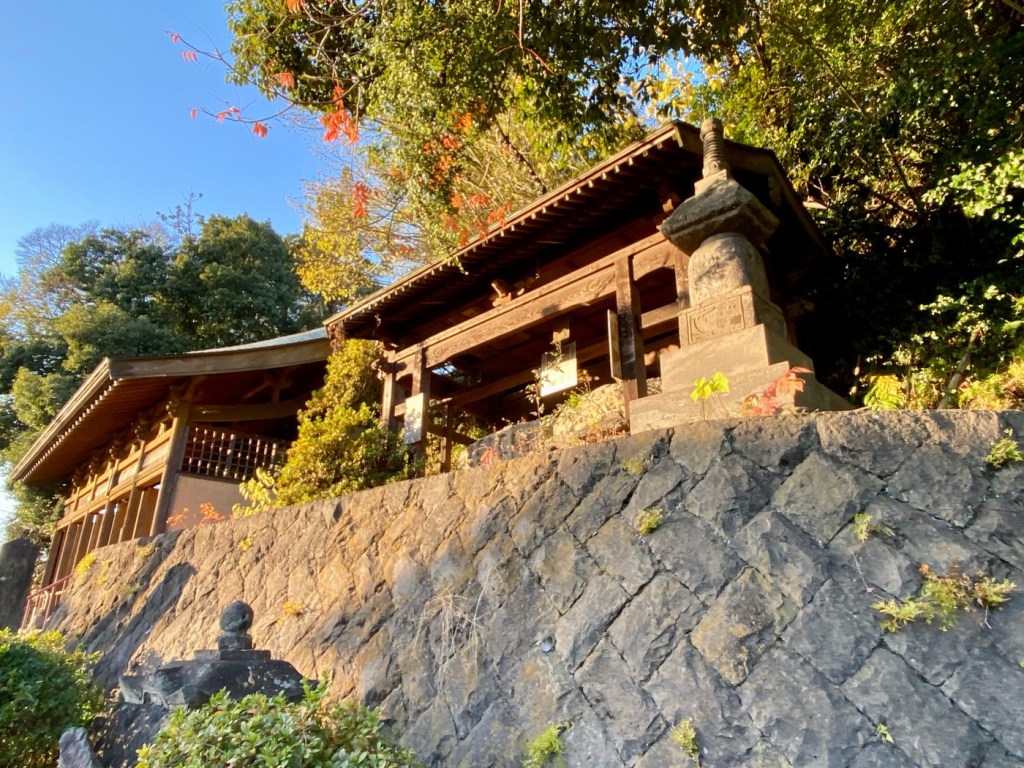
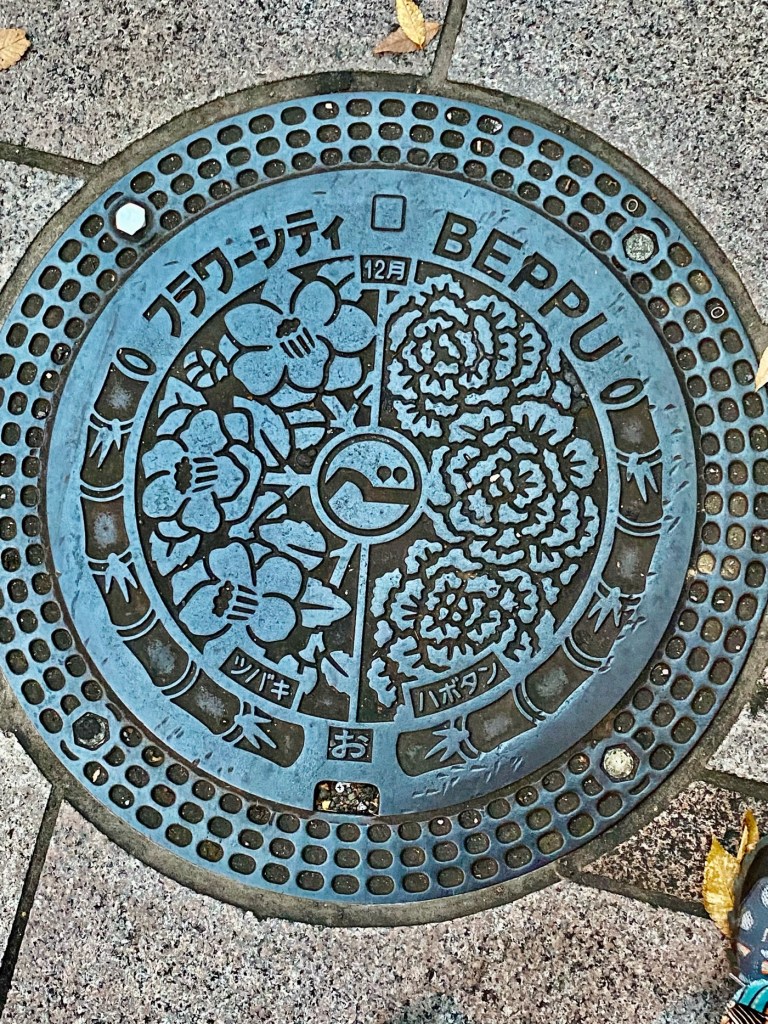
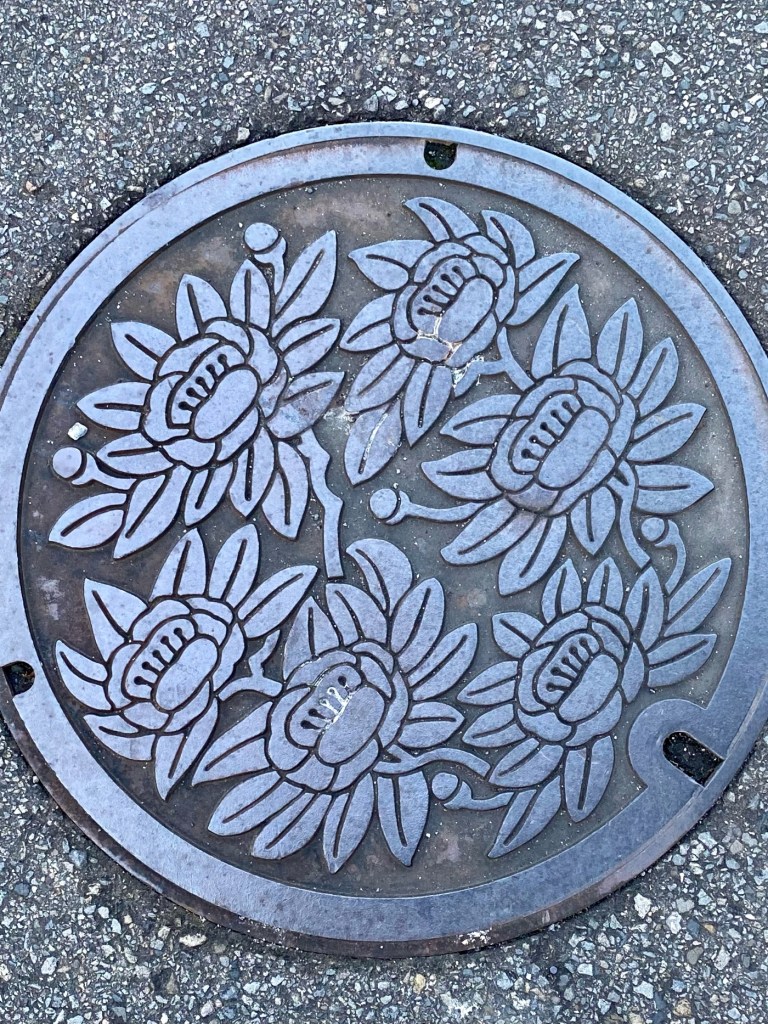
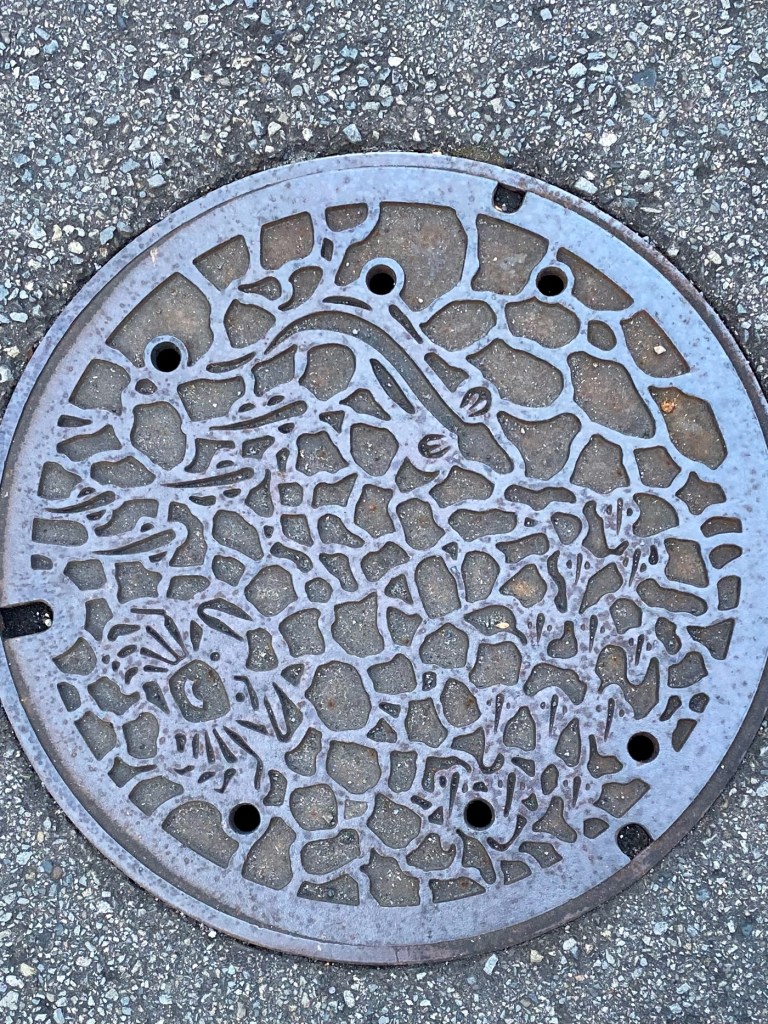
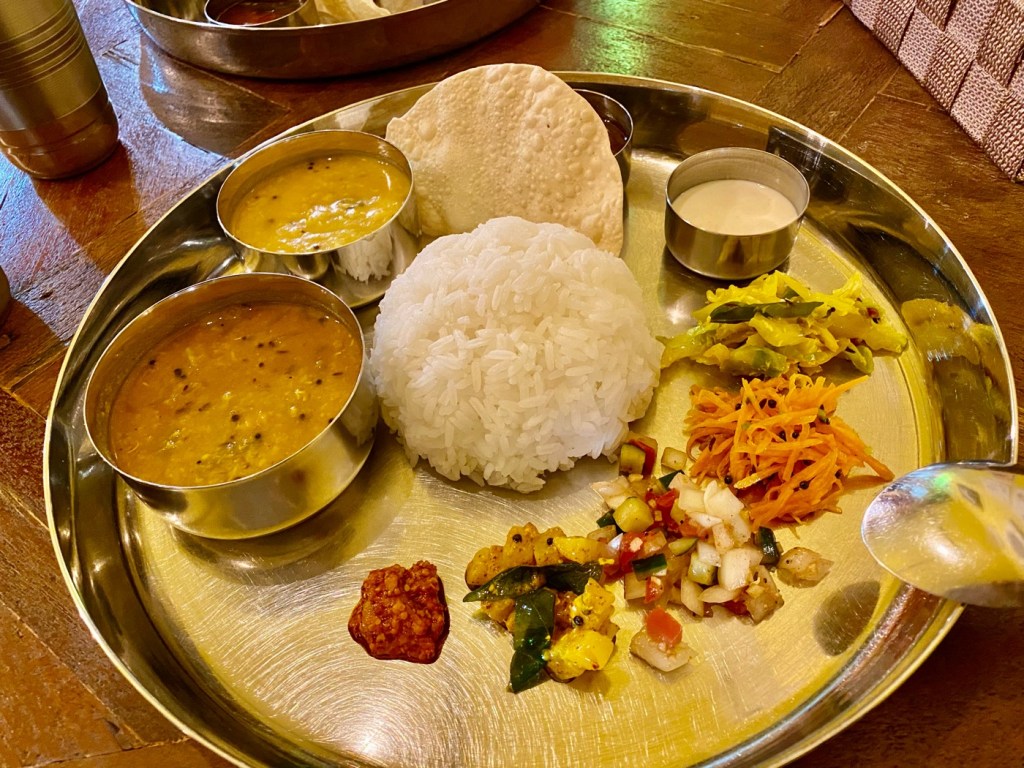

Day 74 - Oita To Beppu, And The Stone Cliff Buddhas In Oita, The Kyushu 108 Temple Pilgrimage, Japan
I wish I could tell you that I was happy to be in Beppu.
It is one of the most famous hot springs towns in Kyushu and it is also famous all over Japan.
The city has all the potential to be a great place.
It is surrounded by tall green mountains.
It is a coastal city that sits on the blue sea with a hot sand beach and a picturesque harbor.
The hot springs source called “the hells of Beppu” is very scenic, with vapor steam and bubbling hot mud.
There is a mountain full of monkeys, and the hot springs are gushing out in such abundance that many of the city’s hotels offer hot springs water in each guest room’s shower.
Yet, the city is really ugly.
The hotels are old and decaying, with rusted pipes, peeling paint, and no beauty in their original design.
Most hotels look like they crammed hundreds of rooms into a Soviet cement cityblock.
The city is grimy and dirty and overrun.
There are big buses of tourists parked at the entrances to the massive hotels, catering to hundreds of guests every day of the week.
The result is that the hotels are dirty, grimy and rundown, just like the cityscape.
I never imagined that I would be in Beppu, and feel so much unease about soaking in the hot springs.
Usually in Japanese Onsens, the atmosphere is quiet.
People talk in hushed voices, and even when the place is full, it still usually feels serene.
The Japanese women wash very well before soaking in the communal baths, and always leave their washing stations clean and ready for the next woman.
They have learned to do so since they were babies, visiting with their mothers and grandmothers.
Here in Beppu, most of the tourists are from Korea and China, and the bathhouses are noisy and unclean.
Women talk loudly and even scream and yell to call each other.
They wash only lightly or only with water without soap, and leave their wash stations in a big mess.
They leave disposable razors and used toothbrushes, used towels and clumps of hair everywhere.
It feels so unpleasant to soak after them.
I filled the bathtub in our room with hot spring water, instead of soaking in the public baths.
Jules did the same.
We ate a mediocre breakfast that was cold and not very nourishing, even though it was served individually and not in a buffet.
It felt like the hotel is doing just enough to give the buses of tourists a taste of a hot spring resort in Japan, but nothing memorable.
I hoped that the next hotel we booked in Beppu would have a buffet, because at least we could then choose some vegetables and tofu to eat.
We ate only the steamed rice, miso soup, pickles and the hot tofu with seaweed.
We packed our book and scroll, and walked to the temple that is part of our pilgrimage, located in central Beppu.
It was only a short walk from our hotel.
Temple #25, Senshinzan Kongochoji, is a small, almost tiny temple in the back streets of Beppu.
The main hall was locked, but they had left a box of stamps outside by the door.
There were no great features of the temple.
It was founded in the Taisho era (1912-1926) by the chief priest Saneo Tsuda of Mt. Koya.
The temple has a statue of Yakushi-no-yu, a hot springs Yakushi Nyorai Buddha that is said to have been healing peoples’ diseases since ancient times.
The current temple’s chief is also a pharmacist in Beppu.
After visiting the temple,we wanted to complete the walk from the city of Oita to Beppu.
We walked along the coast, with wide sidewalks and a wide bike lane.
It was a cool and breezy day, and walking by the sea meant that we were more exposed, as we had no buildings blocking the winds.
But it was beautiful the whole way.
We stopped in a heated rest area by the sea.
The city built this nice rest house for people visiting the beach.
It had toilets and showers, tables and chairs and big windows with panoramic views of the sea.
And in the winter, it was nicely heated.
When we arrived in Oita, we had a vegetarian lunch in a tiny South Indian restaurant, run by a Japanese husband and wife.
The food was really nice, but definitely not South Indian.
It left me wondering why they cooked and served Indian food since they were clearly not Indian, nor did they make authentic Indian food.
It reminded me of another small cafe we once visited in another city in Japan.
It was called ‘Cafe Paris’ and it served quasi French food.
We chatted with the lovely young woman who owned the cafe.
She said that she liked the name, but that she never been to Paris nor had ever eaten French food, except once in Japan.
She hopes to go to Paris one day.
One of the things that is worth mentioning is that Oita prefecture is rich in stone carvings of Buddhas.
We saw signs for stone Buddhas in a few small towns that we passed by, and if they were located near our walks, we made a detour to visit them.
In Oita City, there are a few locations in which you can see ancient stone carvings.
Some have almost completely deteriorated, but the stone Buddha in the neighborhood of Oita City called Uenomachi is still in great shape.
It is housed in a wooden shrine, but the door is open and visitors can come in.
The Oita Motomachi Stone Buddhas are carved into the face of Aso Magma rock.
It was designated as a national historic site in 1934.
Together with the Usuki Stone Buddhas (designated as a National Treasure of Japan), these sculptures are good representations of the stone Buddhas in Oita Prefecture.
Inside the wooden shrine there are a group of Buddha statues, with the main statue a seated Yakushi Nyorai ("Medicine Buddha") highlighting the stunning characteristics of the Jocho style of sculpting.
Jocho, also known as Jōchō Busshi, was a Japanese sculptor during the Heian period.
These Buddhas were estimated to have been sculpted in the second half of the 11th century.
The statue of the seated Yakushi Nyorai shows an especially close resemblance to wood-carved Buddhas of the era, and you can see the magnificent sculpting techniques that were used in the sculpture's massive body as well as the noble and serene, yet somehow also baby-like facial features.
We noticed that the Buddha had patches of Washi rice paper on it.
The explanation was that the paper was placed there to help reduce the salt weathering of the Stone Cliff Buddhas.
The deteriorated parts on the Oita Motomachi Stone Cliff Buddhas include a pair of hands that were lost, a portion of the shoulders to the abdomen that has largely fallen off, a portion of the cheek to the jaw, and other portions of the surfaces of the knees have deteriorated to sand.
The cause of the deterioration of the Stone Cliff Buddhas is considered to be salt weathering, except for the pair of hands which were originally made from different materials than those of the main body, and have been lost for a long period.
The Aso magma cliff, into which the Stone Cliff Buddhas were carved, is a porous rock that contains moisture like bricks and other materials do.
Various kinds of salts are corrosive at various temperatures and humidity levels.
They also crystallize to a white powder during the winter.
The rock gradually becomes sand or soil like, destroying the Stone Cliff Buddhas.
The sodium sulfate salt may have other chemical components coming from the hot-springs contained in the groundwater.
Oita city is situated right next to Beppu city, one of Japan's best-known spa towns proud of discharging a massive amount of spring water.
The hot-spring water possibly rises to the level of the shallow groundwater, containing mineral salts that might be transferred to the surface of the Stone Cliff Buddhas through the porous stone.
The city is experimenting with placing washi paper (Japanese traditional paper) on the stone Buddhas, which is removing some the salis accumulated on the surface of the Stone Cliff Buddhas.
From there, we walked to see another set of stone Buddhas nearby.
This group of 17 stone Buddhas consists of Yakushi Nyorai in the center with a figure of a seated Shaka Nyorai to the left and Amida Nyorai to the right.
They are thought to represent the three worlds of the past, present and future.
Although the statue of the eleven-faced Kannon Bosatsu on the right end facing the group of Buddha statues is partially damaged, it has a slender proportioned body and is one of the better preserved Iwayaji Temple Stone Buddhas.
There are some evidences of the beautiful colors used to decorate the statues, but only a few of its remaining features are visible.
Judging from the large eyebrows and long-slitted eyes and nose, they are thought to have been sculpted around the 12th century (latter part of the Heian Period).
After seeing all the stone Buddhas, we warmed up in the Starbucks with some tea.
Nearby, we went to a supermarket and bought some cucumbers, tomatoes, lettuce, bread and cheese, and ate a simple dinner of sandwiches in our hotel.
Despite my discomfort, I went to soak in the hotel’s hot springs.
It was nearly empty and I enjoyed my soak.
With love and Salty Stone Buddhas,
Tali
Stats: 31,465 steps
Today’s walk: 22 km
Kilometers walked to date: 1246 km
Temples visited:
Temple #25 Senshinzan Kongochoji in Beppu
Stone Buddhas in Oita City